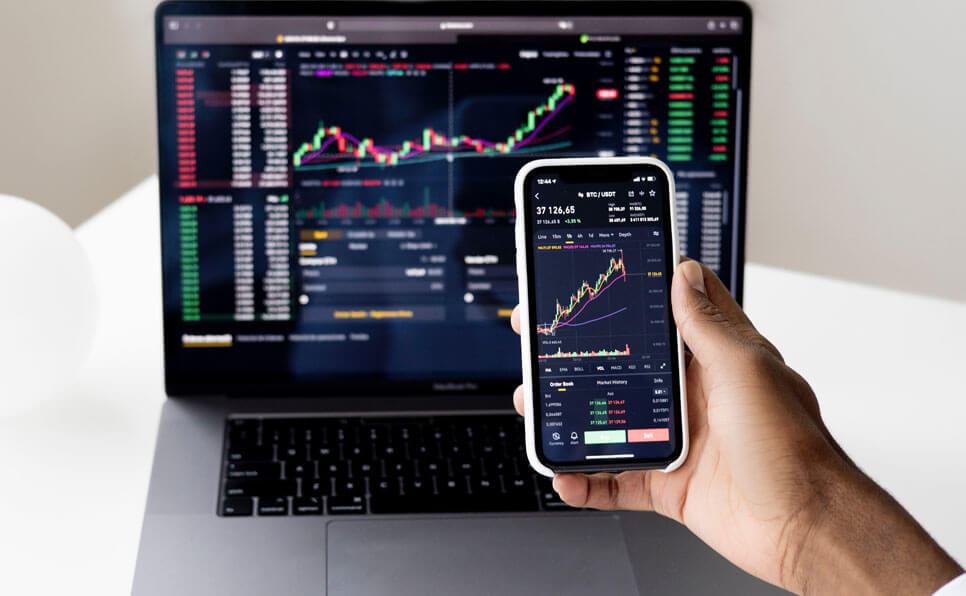In a rapidly changing global landscape, certain key trends are shaping how businesses, governments, and individuals plan for the future. From technology and workforce transformation to sustainability and shifting demographics, these drivers are influencing both short-term opportunities and long-term structural growth. Here’s a look at the most important developments to watch:

1. AI and Automation Are Reshaping Industries

Artificial intelligence and automation continue to redefine how work gets done. In the short term, they’re helping companies cut costs, increase efficiency, and respond to market demands faster. In the long run, these technologies will completely transform sectors like logistics, healthcare, finance, and education. Businesses investing early in AI are gaining a competitive edge and positioning themselves for scalable growth.
2. Remote Work and Hybrid Models Are Here to Stay

The pandemic permanently shifted expectations around where and how people work. Short-term, companies have had to adopt flexible work policies. Long-term, this has led to a reevaluation of urban planning, commercial real estate, and digital collaboration tools. The hybrid workforce is driving demand for new technologies and altering how organizations think about talent and geography.
3. Green Economy and ESG Commitments

Environmental, Social, and Governance (ESG) criteria have gone from being optional to essential. In the short term, companies are facing pressure from investors, regulators, and consumers to improve sustainability practices. Over time, this will fuel growth in clean energy, circular economy solutions, carbon markets, and green infrastructure, making ESG integration a growth strategy rather than just a compliance issue.
4. Demographic Shifts and Consumer Behavior

Aging populations in developed countries and youthful demographics in emerging markets are creating contrasting challenges and opportunities. Short-term, businesses must tailor products to different age groups. Long-term, these shifts will affect labor markets, healthcare systems, housing, and consumer trends across generations.
5. Digital Financial Services and Decentralization

Fintech continues to break down traditional banking barriers. From mobile payments to decentralized finance (DeFi), short-term innovation is already changing how people manage money. Over time, we’ll likely see the expansion of digital currencies, blockchain-based identity systems, and embedded finance across industries, especially in underbanked regions.
6. Supply Chain Reinvention

Global disruptions—from pandemics to geopolitical tensions—have revealed the fragility of international supply chains. In the short term, companies are diversifying suppliers and stockpiling inventory. Long-term trends point toward regionalization, greater use of predictive analytics, and vertical integration to reduce risk and increase agility.
7. Lifelong Learning and Skills Development

With automation replacing many routine tasks, there’s growing demand for skills like critical thinking, data literacy, and emotional intelligence. In the short term, we see a surge in online courses and micro-credentials. Long-term, lifelong learning will become a necessity, with education systems and employers shifting toward more dynamic, continuous training models.
Conclusion
Short-term growth will be fueled by businesses and governments responding quickly to current changes, while long-term expansion will come from adapting to deeper structural shifts. Organizations that are agile, tech-forward, and aligned with future-facing trends will be best positioned to lead in the years ahead.
John Doe
DesignationClick here to change this text. Lorem ipsum dolor sit amet, consectetur adipiscing elit. Ut elit tellus, luctus nec ullamcorper mattis, pulvinar dapibus leo.
See How Much $100 Invested in Bitcoin, S&P 500, and Gold in 2010 Would Be Worth Today
Investing often revolves around balancing risk and reward, and few comparisons illustrate this better than…
Ethereum Investor Turns $151.4 Million Into $214.3 Million in Two Years Using Diamond Hands Strategy
In a testament to the power of patience and long-term investing, a cryptocurrency investor turned…
Bitcoin Has Outperformed Nearly Every Asset Class in the Past Year – Here’s Why It’s Still a Smart Investment
Over the last 12 months, Bitcoin (BTC) has outshined almost every major asset class, establishing…
“The Crypto Code Review: 89% Success Rate – Myth or Reality?”
“The Crypto Code Review: 89% Success Rate – Myth or Reality?” The Crypto Code provides…
News aggregation app Initech raises $100 million from existing investors
Initech, a fast-growing news aggregation app, has raised $100 million in a new funding round…
Credit Suisse just rehired a specialty-finance dealmaker who’s a double boomerang
Credit Suisse Rehires Specialty-Finance Dealmaker in Strategic Move to Rebuild FIG Team In a strategic…
Dynamic Capital Ltd IPO gets oversubscribed by over five times on Day 20
Dynamic Capital Ltd, a financial services company specializing in investment solutions and strategic advisory, recently…
ABC’s head of AI research outlined the 7 areas the bank is looking to apply the tech
ABC Bank’s AI Research Chief Reveals 7 Key Areas of AI Implementation Artificial intelligence (AI)…








